Hiking Kilimanjaro via the Marangu Route is a popular choice for trekkers seeking a gradual ascent to Africa’s highest peak. This 5-day journey winds through diverse landscapes, from lush rainforests to alpine deserts, offering comfortable mountain hut accommodations along the way. While the route is considered one of the more accessible, climbers must still prepare thoroughly, packing the right gear and focusing on acclimatization. With the right mindset and proper nutrition, the Marangu Route provides a rewarding adventure – one that leaves adventurers with a heightened sense of accomplishment upon reaching the iconic Uhuru Peak. Discover what makes this iconic climb a bucket-list worthy experience.
Good To Know
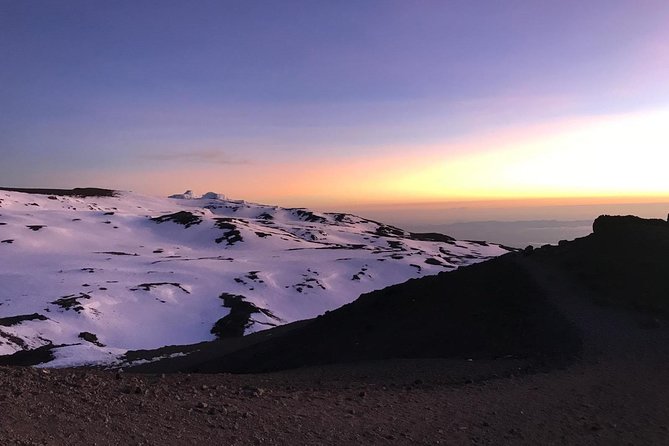
- The Marangu Route, also known as the "Coca-Cola" route, is a popular 5-day ascent of Kilimanjaro featuring gradual inclines and comfortable mountain huts.
- Proper preparation, including warm, layered clothing, sturdy hiking boots, and essential gear like trekking poles and high-calorie snacks, is crucial for the climb.
- The day-by-day itinerary includes hiking from Marangu Gate to Mandara Hut on Day 1, followed by challenging ascents to Horombo and Kibo Huts on subsequent days.
- Acclimatization and managing altitude sickness symptoms are vital for a successful climb, requiring gradual elevation gains, ample hydration, and a positive mental attitude.
- Kilinge Adventures offers a well-regarded 5-day Marangu route package, with a focus on ethical treatment of local guides and porters, and flexible cancellation policies.
Overview of the Marangu Route

The Marangu route, often referred to as the "Coca-Cola" route, is one of the most popular and well-established paths to the summit of Kilimanjaro.
This route is known for its gradual incline and comfortable huts along the way, making it a more accessible option for trekkers. The trek takes 5 days to complete, with hikers spending their nights in the well-equipped mountain huts.
While the Marangu route is considered the easiest, it’s still a challenging climb that requires a moderate level of physical fitness.
Trekkers can expect to see diverse landscapes, from lush rainforests to the barren alpine desert near the summit.
You can also read our reviews of more tours and experiences in Kilimanjaro
Preparation and Packing Essentials
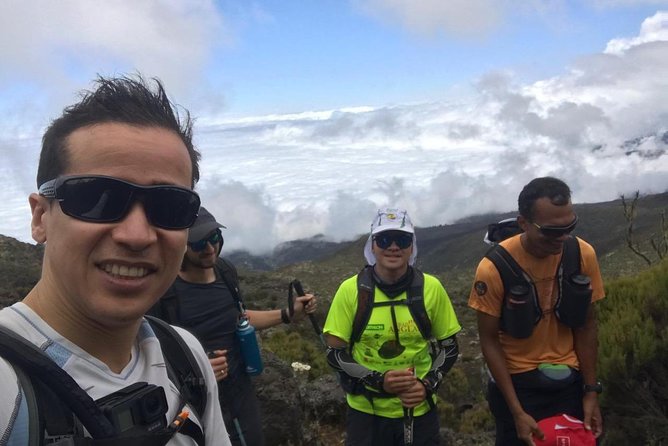
Proper preparation and packing essentials are crucial for a successful Kilimanjaro climb along the Marangu route. Climbers must ensure they’ve the right gear, including:
- Warm, layered clothing to adapt to changing temperatures
- Sturdy, broken-in hiking boots with good ankle support
- Trekking poles to ease the strain on knees and joints
- Water bottles or hydration packs to stay hydrated
- High-calorie snacks and energy-boosting foods
Plus, climbers should familiarize themselves with altitude sickness symptoms, packing only essential items, and booking necessary permits and transportation.
With thorough preparation, adventurers can maximize their chances of reaching the summit and enjoying a safe, memorable journey on the iconic Kilimanjaro.
Day-by-Day Itinerary
With proper preparation and packing essentials in place, adventurers can now turn their attention to the day-by-day itinerary for the 5-day Marangu route on Kilimanjaro.
Day 1 begins with the hike from the Marangu Gate to Mandara Hut, a 4-5 hour trek through lush forests.
Day 2 continues the ascent to Horombo Hut, taking 5-7 hours.
Day 3 is an acclimatization day at Horombo, allowing climbers to adjust to the altitude.
The fourth day involves a challenging 6-8 hour hike to Kibo Hut.
The final day summits Uhuru Peak, the highest point on Kilimanjaro, before descending back to Horombo Hut.
Each day’s trek covers specific distances and elevation gains, testing climbers’ endurance and determination.
Acclimating to High Altitude
Acclimating to the high altitude is of paramount importance for a successful Kilimanjaro climb. The body needs time to adjust to the decreasing oxygen levels as you ascend the mountain.
To aid acclimatization, the Marangu route is designed with gradual elevation gains each day. This allows your body to slowly adapt to the changing environment.
Some key tips for acclimating include:
- Staying hydrated by drinking plenty of water
- Eating nutritious meals to maintain energy levels
- Resting as needed to conserve energy
- Ascending at a slow, steady pace
- Being aware of altitude sickness symptoms and taking action if they occur
Following these guidelines can help maximize your chances of reaching the summit safely.
Ensuring a Successful Climb
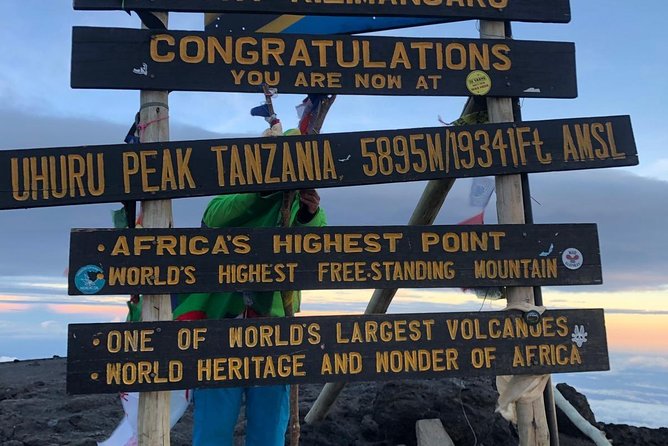
Careful preparation and a positive mindset are essential for a successful Kilimanjaro climb. Climbers should thoroughly research the route, pack the right gear, and train for the physical demands.
Staying hydrated, eating well, and pacing oneself are crucial. Expecting and managing altitude sickness symptoms is also key.
Maintaining a positive attitude, being flexible, and trusting the guides can make all the difference.
While Kilimanjaro is technically not a difficult climb, it requires determination and perseverance. Climbers who approach the challenge with the right mindset and preparation are more likely to reach the summit and have a rewarding experience.
Ethical Porters and Guides
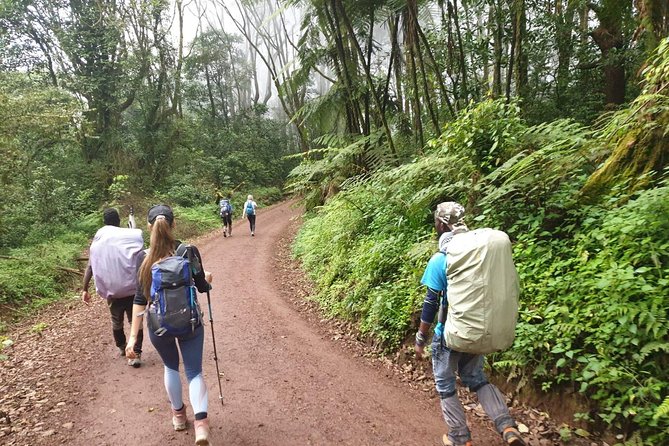
Kilimanjaro expeditions rely heavily on the expertise and labor of local guides and porters. They play a crucial role in ensuring a safe and enjoyable climb.
Kilinge Adventures is committed to ethical treatment of its staff, ensuring they receive fair wages, proper equipment, and a dignified work environment.
Here’s what they do:
- Provide guides with extensive training on mountain safety, first aid, and client care
- Pay porters competitive salaries that meet or exceed industry standards
- Equip porters with quality gear like boots, jackets, and backpacks
- Limit porter loads to 15 kg per person, ensuring they’re not overburdened
- Foster a positive work culture where staff feel valued and respected
Post-Climb Reflections and Tips
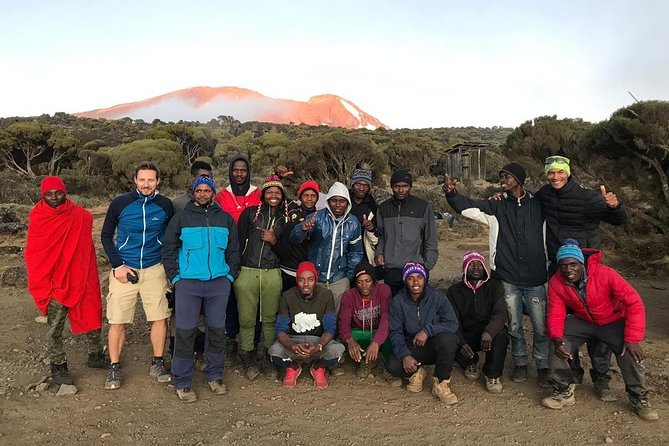
After the exhilaration of summiting Kilimanjaro, climbers often reflect on their experience and consider ways to make the most of the post-climb journey.
Descending the mountain can be just as challenging as the ascent, so it’s important to stay hydrated, eat well, and rest as needed.
Many climbers choose to continue their adventure with a safari or cultural tour, allowing them to fully enjoy the wonders of Tanzania.
Reflecting on the accomplishment of reaching the roof of Africa can be deeply rewarding, and sharing stories with loved ones can keep the memory alive long after the trek.
With proper planning and an open mind, the post-climb experience can be just as enriching as the climb itself.
Booking and Planning the Adventure
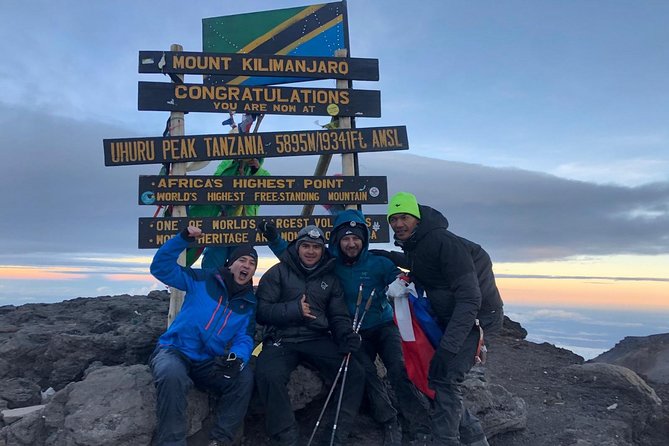
When planning a Kilimanjaro climb, travelers often start by selecting a reputable tour operator. Kilinge Adventures, a well-regarded company in Kilimanjaro, Tanzania, offers a 5-day Marangu route climb.
This package includes:
- All necessary mountain accommodations
- Experienced, professional guides
- Nutritious meals and clean drinking water
- Fair treatment of porters
- Free cancellation up to 24 hours before the trip.
With a 100% recommendation rate and 5-star reviews, Kilinge Adventures provides an attractive option for those seeking a successful and ethical Kilimanjaro adventure.
Careful planning and selection of a trusted operator are key to making the most of this challenging yet rewarding experience.
Frequently Asked Questions
How Challenging Is the Marangu Route Compared to Other Kilimanjaro Routes?
The Marangu route is considered the easiest route up Kilimanjaro, though it’s still quite challenging. Compared to other routes, it has gentler slopes and less strenuous hiking, making it a good option for less experienced climbers.
What Are the Risks Associated With Altitude Sickness on This Route?
The Marangu route has a higher risk of altitude sickness compared to other Kilimanjaro routes. Climbers may experience headaches, fatigue, and nausea at higher altitudes. Proper acclimatization and hydration are crucial to manage these risks.
Do I Need Any Special Training or Equipment for the Marangu Route?
The Marangu route doesn’t require any special training, but hikers should have a moderate fitness level. Basic hiking gear like sturdy boots, warm clothing, and water bottles are essential. Proper acclimatization and pacing can help mitigate altitude sickness risks.
Can I Book the Climb Independently or Do I Need a Tour Operator?
You can book the Kilimanjaro climb independently, but it’s recommended to use a reputable tour operator. Tour operators provide guides, porters, equipment, and logistics, making the experience safer and more enjoyable for climbers of all skill levels.
What Are the Best Times of the Year to Attempt the Marangu Route?
The best times to attempt the Marangu route are during the dry seasons of January to March and June to October. The weather is typically more stable and the trails less muddy during these peak climbing periods.
The Sum Up
The Kilimanjaro 5-day Marangu Route offers trekkers a rewarding adventure to the roof of Africa. With proper preparation and guidance, climbers can summit Uhuru Peak, the highest point on the continent. By acclimatizing well and prioritizing safety, this accessible route through diverse landscapes provides a memorable experience. While not without its challenges, the Marangu Route is a popular choice for those seeking to conquer Kilimanjaro.
More 5-Day Experiences in Kilimanjaro
More Tour Reviews in Kilimanjaro
Not for you? Here's more nearby things to do in Kilimanjaro we have reviewed
- Couples In Private Tanzania Safari | 6 Days
- Airport Transfers at Kilimanjaro International Airport – JRO
- Kilimanjaro Climb via Umbwe Route- 8 Days
- 9 Days of Private Safari Tour in Serengeti and Ngorongoro
- Mount Kilimanjaro 6 Days – Machame Route
- 3 Best National Park Tours In Kilimanjaro
- 6 Days Mara River Crossing – The Great Migration
- Amazing 4 Days Safari 3 Nights: Tarangire, Ngorongoro, Serengeti
- Materuni Village Tour | Materuni Waterfalls | Materuni Coffee Tour
- Lemosho Route
- 4 Days Tanzania Private Safari | Serengeti , Ngorongoro & Tarangire Safari
- 7 Days Wildebeest Migration – Ndutu Calving Season
